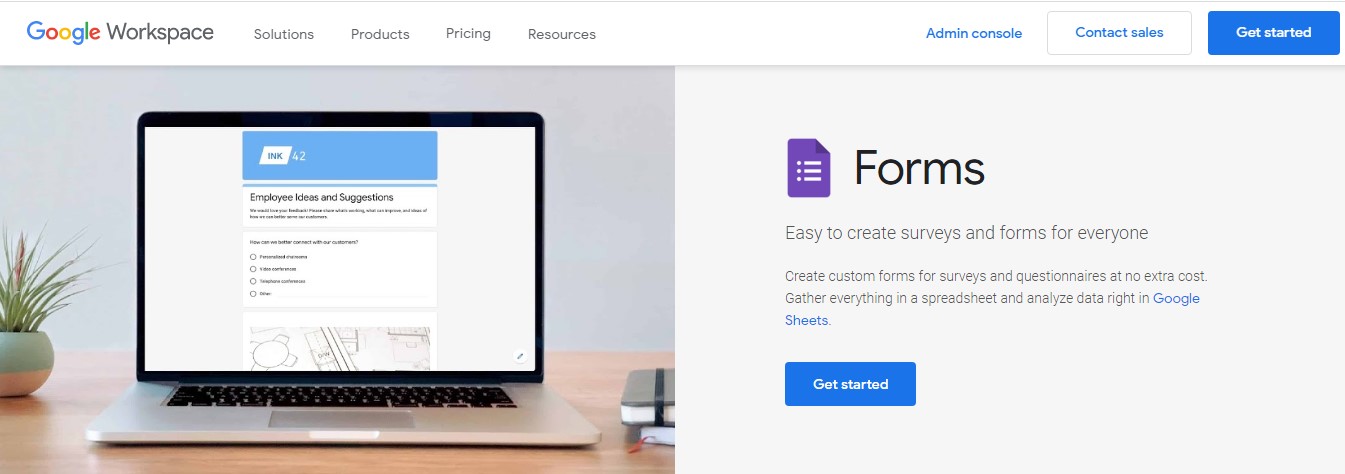My Research Platform Reaches Thousands Of Students Around The World
I’m Surya. I have a double master’s degree in Engineering and Business. I’m the founder of Aveksana and built this research platform to help students and researchers work on research that matters, individually and collectively. The platform helps them develop unique topics and research gaps (also called breakthroughs) within minutes.
We have acquired more than 3700 users without any marketing budget. Our users love our platform and that’s what is thrilling. That’s exactly what we envisioned to do with Aveksana.
We have been featured in the Sifted magazine in the list of the top edtech startups to watch in Europe. We have been sponsored by Microsoft, AWS, Mixpanel, Stripe, and many other industry giants to help us build the platform. We have partnered with Core and Semantic to propel the platform to the next level.

What's your backstory and how did you come up with the idea?
I’m from Nepal, and I have...

Download the report and join our email newsletter packed with business ideas and money-making opportunities, backed by real-life case studies.

Download the report and join our email newsletter packed with business ideas and money-making opportunities, backed by real-life case studies.

Download the report and join our email newsletter packed with business ideas and money-making opportunities, backed by real-life case studies.

Download the report and join our email newsletter packed with business ideas and money-making opportunities, backed by real-life case studies.

Download the report and join our email newsletter packed with business ideas and money-making opportunities, backed by real-life case studies.

Download the report and join our email newsletter packed with business ideas and money-making opportunities, backed by real-life case studies.

Download the report and join our email newsletter packed with business ideas and money-making opportunities, backed by real-life case studies.

Download the report and join our email newsletter packed with business ideas and money-making opportunities, backed by real-life case studies.
































